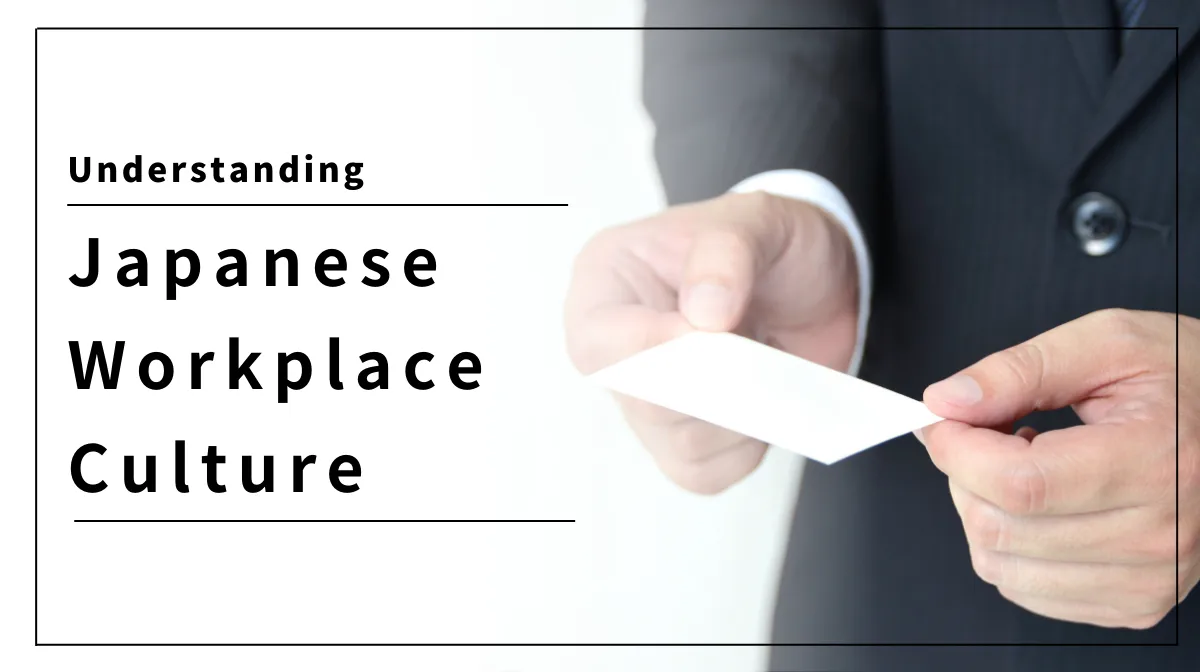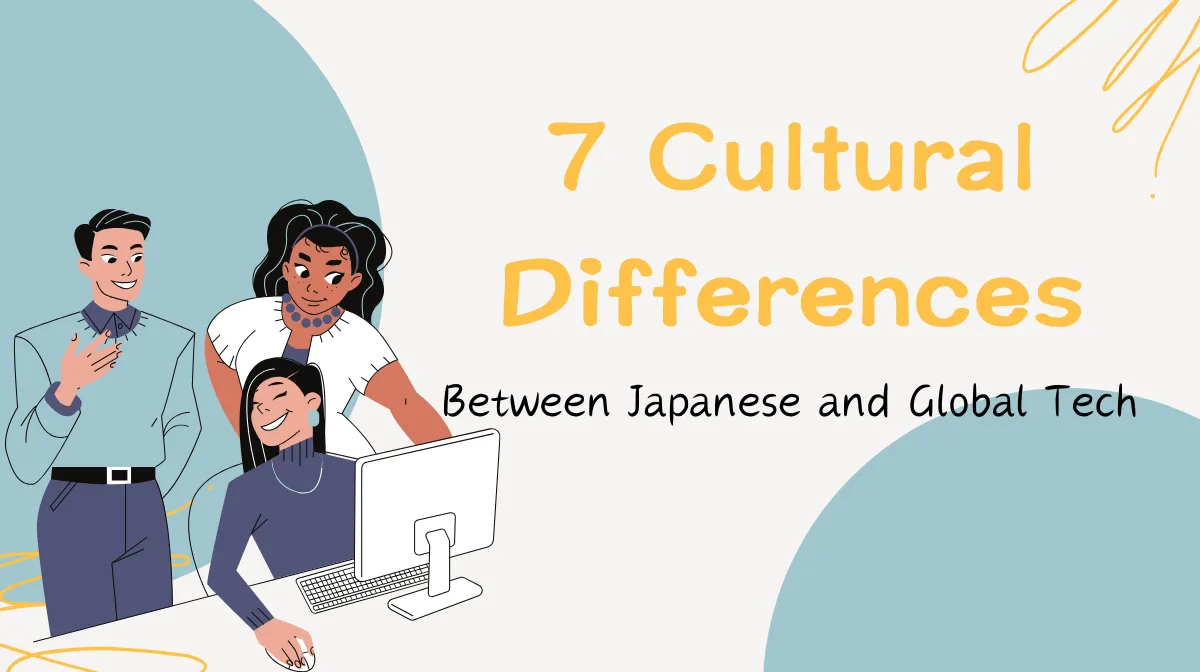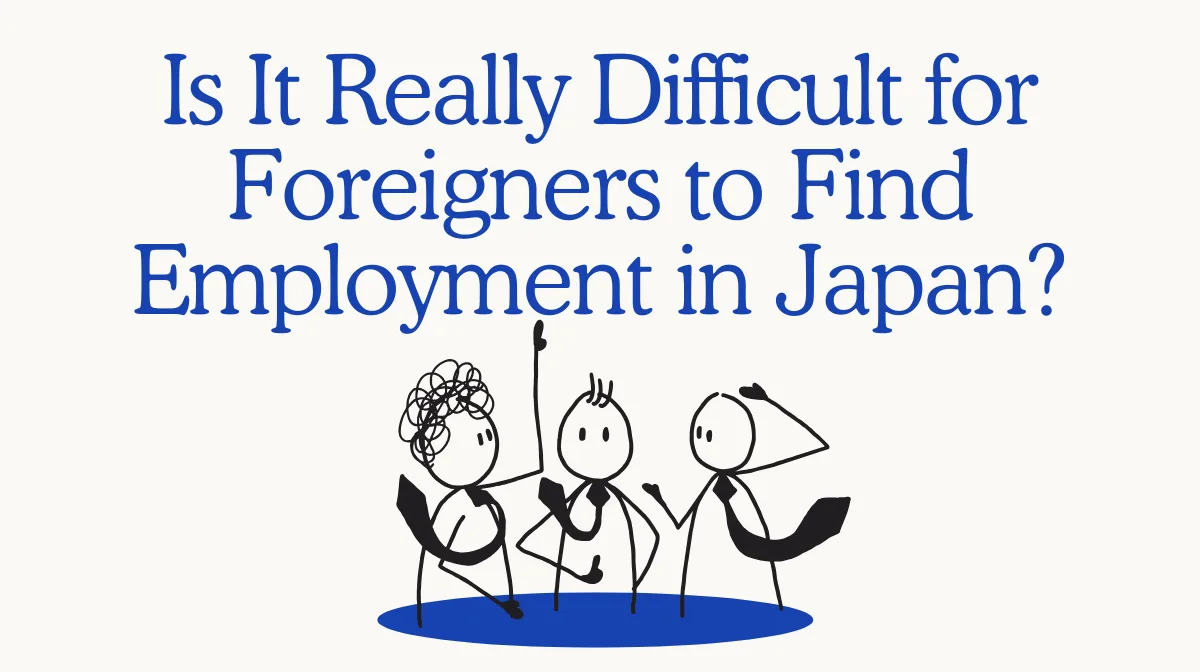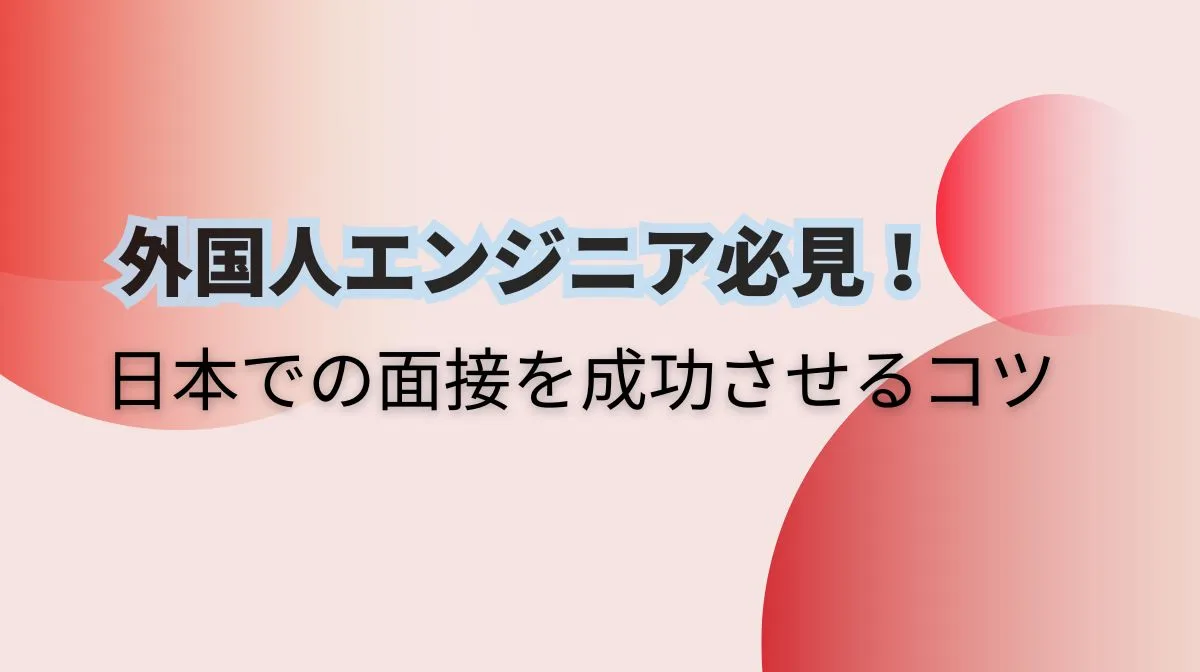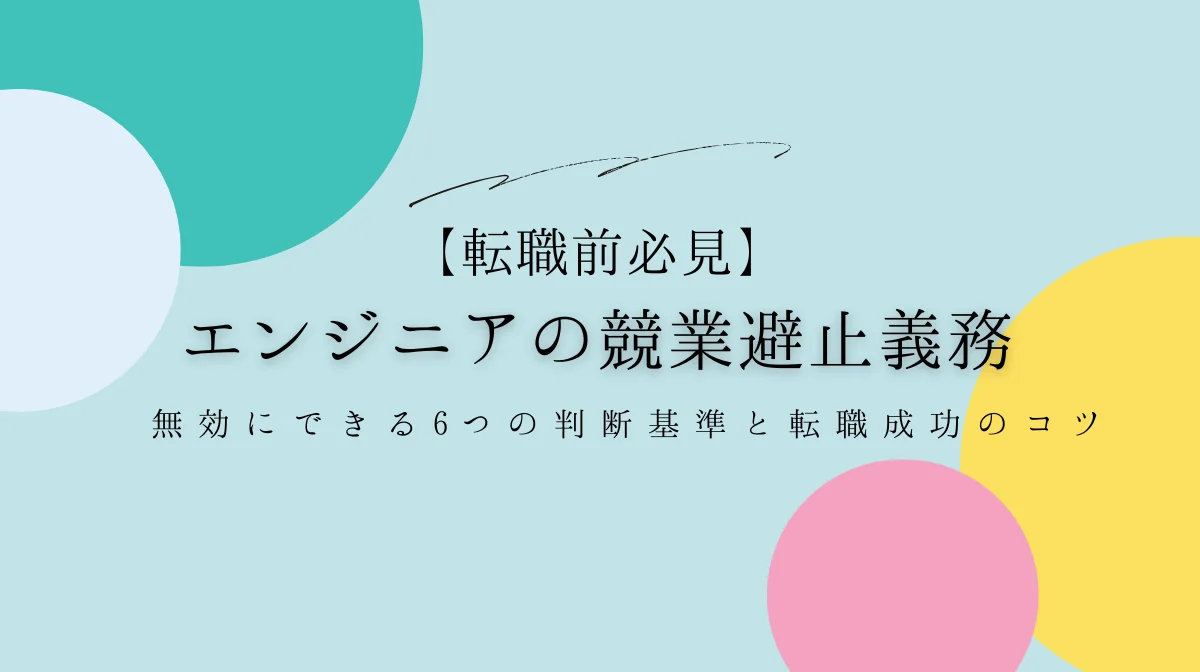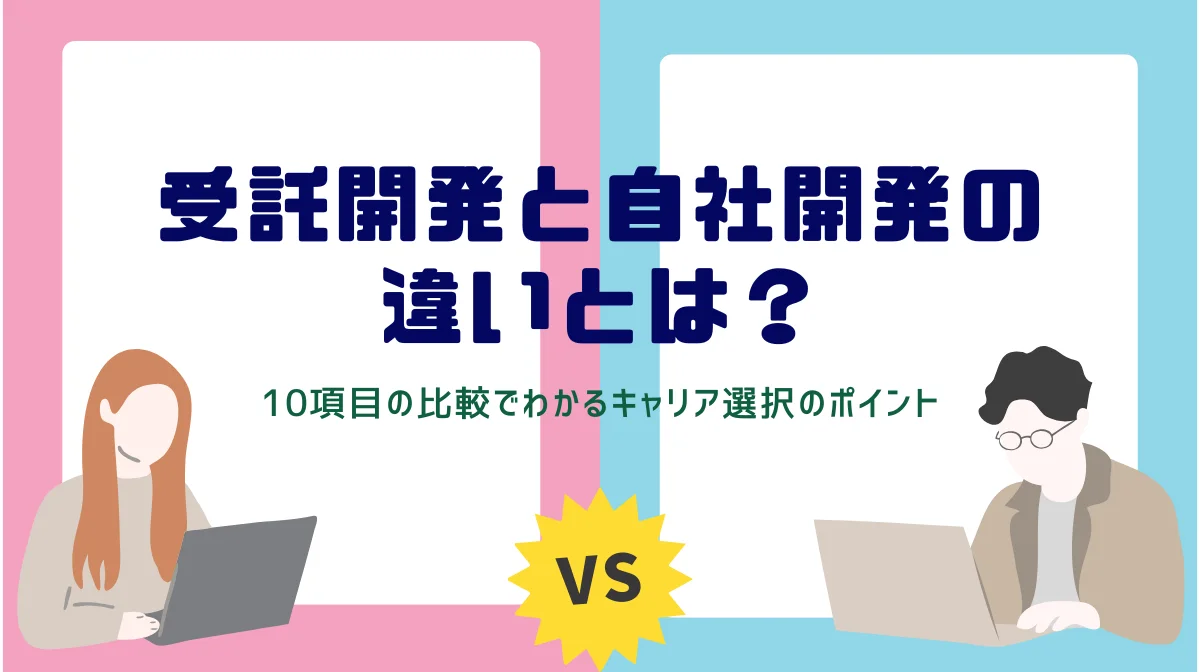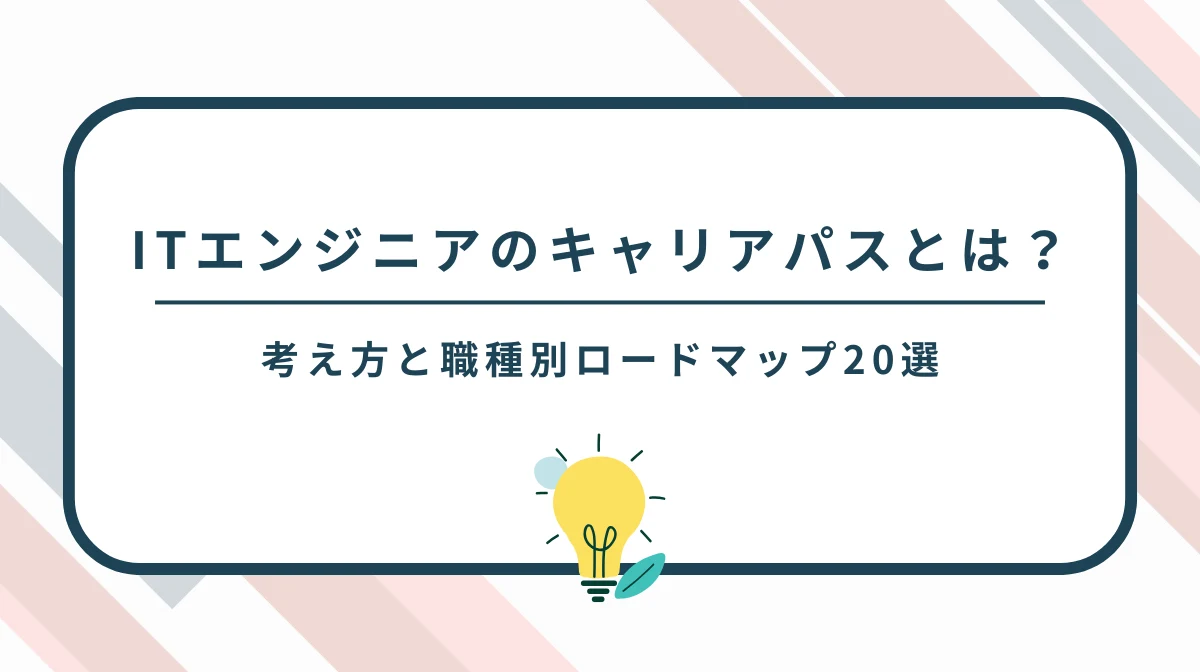This article explains Japanese holidays from various perspectives, including Japan’s position in the global ranking of the number of public holidays.
- Japan ranks top 10 globally with 17 public holidays annually.
- Japanese holidays uniquely emphasize nature over religion.
- Golden Week offers strategic vacation planning opportunities.
1. How many public holidays does Japan have?

Japan’s holiday system is unique from a global perspective and is known for its high number of annual holidays.
Here, we will explain the basic characteristics and structure of Japan’s holiday system.
Basic characteristics and structure of Japan’s holiday system
A major characteristic of Japanese holidays is the emphasis on the relationship with nature.
Vernal Equinox Day and Autumnal Equinox Day celebrate the cycle of the sun and nature, Greenery Day is for appreciating nature, and Marine Day and Mountain Day are days to appreciate the blessings of nature.
There are also many holidays that honor culture and history, such as Culture Day, National Foundation Day, and the Emperor’s Birthday.
Japan’s unique vacation patterns (for long holiday periods)
- Golden Week (late April to early May)
- Silver Week (September consecutive holidays)
- Year-end and New Year holidays (around December 29 to January 3)
There is also a “substitute holiday” system, where if a holiday falls on a Sunday, the following Monday becomes a holiday.
Cultural differences that foreign IT engineers may find surprising about Japanese holidays
For foreign engineers, Japan’s holiday system can be confusing in several ways.
First, the annual total of 16-17 public holidays feels very high compared to Western countries (US: 10 days, UK: 8 days, France: 9 days, etc.).
Another distinctive feature is that holidays are distributed throughout the year, rather than concentrated in specific seasons like Christmas in Western countries.
The way people take vacations also differs; in Western countries, there is a culture of taking long vacations of 2-4 weeks, while in Japan, people tend to split their vacation time into multiple shorter periods.
Related reading
The following articles explain the labor and workplace culture for working in Japanese companies.
2. Global ranking of public holidays: Where does Japan stand?

Japan is known for having many public holidays globally, but what is its actual ranking?
Here, we will analyze holiday situations in various countries, particularly those with thriving IT industries, to clarify Japan’s position.
Japan’s position and the holiday situation in the tech industry
According to data from the Japan External Trade Organization (JETRO), Japan has around 17 public holidays (including substitute holidays), which ranks in the top 10 globally.
United States: 10 days France: 9 days United Kingdom: 8 days Germany: 9 days China: 11 days Singapore: 11 days Hong Kong: 13 days
Japan’s holiday situation is relatively favorable. The typical annual number of holidays for general companies includes 104 days for complete two-day weekends (Saturday and Sunday), 17-21 public and substitute holidays, 3-7 days for year-end and New Year holidays, 3-5 days for summer vacation, and 1-3 other days, totaling approximately 128-140 days.
Reference: Japan External Trade Organization
Comparison of public holidays in leading IT nations worldwide
Let’s compare the number of public holidays in countries that lead the global IT industry.
- India: 21 days
- Israel: 18 days
- Japan: 17 days
- South Korea: 15 days
- China: 11 days
(excluding extended holiday periods like Spring Festival) - Singapore: 11 days
- United States: 10 days
- Germany: 9 days
- France: 9 days
- United Kingdom: 8 days
Generally, Asian countries (especially Japan and India) have more public holidays, while Western countries have fewer.
However, while Western countries have fewer public holidays, they have a higher rate of paid leave utilization and a culture of taking long vacations, so the total number of vacation days often exceeds that of Asian countries.
■日本でエンジニアとしてキャリアアップしたい方へ
海外エンジニア転職支援サービス『 Bloomtech Career 』にご相談ください。「英語OK」「ビザサポートあり」「高年収企業」など、外国人エンジニア向けの求人を多数掲載。専任のキャリアアドバイザーが、あなたのスキル・希望に合った最適な日本企業をご紹介します。
▼簡単・無料!30秒で登録完了!まずはお気軽にご連絡ください!
Bloomtech Careerに無料相談してみる
3. Holiday comparison with global IT hubs

We will compare Japan’s holiday and vacation systems with global IT industry centers such as Silicon Valley, London, and Singapore.
This section focuses on differences in vacation philosophies and practices due to cultural backgrounds, introducing the characteristics of each region that foreign engineers should know.
United States (Silicon Valley, Seattle) vs. Japan (Tokyo): holidays and vacation systems
Comparing major US tech hubs with Tokyo, US federal holidays number 10 days, distributed from the beginning of the year but concentrated in November-December with Thanksgiving and Christmas.
Many tech companies also implement a 1-2 week closure period at the end of the year.
In contrast, Japan has around 17 holidays, with consecutive holidays concentrated in spring (Golden Week) and autumn (Silver Week), plus many single holidays throughout the year.
Reference: Japan External Trade Organization: US Holidays
Differences between European tech companies (London, Berlin) and Japan
Comparing European tech companies with Japan, the UK (London) has 8 holidays and Germany (Berlin) has 9 holidays (varying by state), fewer than Japan.
The culture of taking holidays also differs significantly. In Europe, there is a “work to rest” culture, and 2-4 consecutive weeks of vacation in summer is common.
In Japan, on the other hand, consecutive vacations of more than a week are often rare.
Reference: Japan External Trade Organization
Differences with Asian IT advanced countries (Singapore, India, China)
Holiday systems vary greatly among Asian countries as well. Singapore has 11 holidays, characterized by multicultural and multi-religious holidays.
India has about 21 days (varies by region), with many religious holidays related to Hinduism and Islam. China has 11 holidays plus approximately 7-day consecutive holidays during Spring Festival (Chinese New Year) and National Day.
Reference: Japan External Trade Organization
4. Culture and values reflected in each country’s approach to holidays
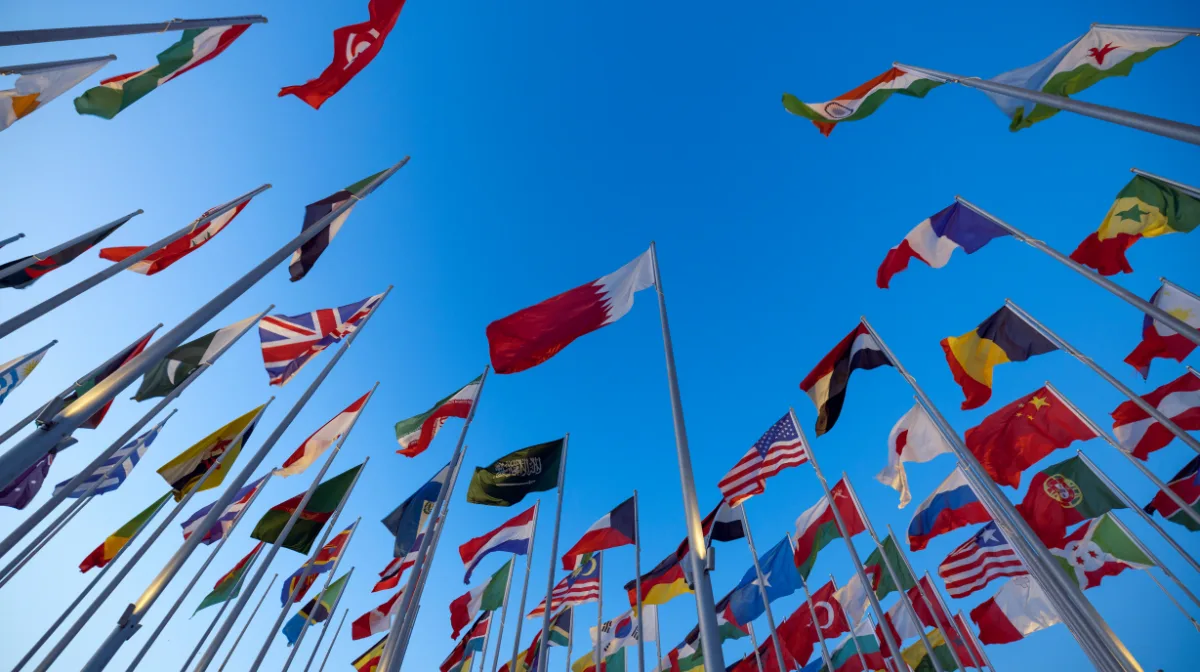
Holidays reveal a country’s culture and history.
Let’s learn about the nature of holidays in various countries.
Balance between religious and national holidays by country
Holiday designations are not just calendar days off but strongly reflect a country’s values, history, and culture. One example is the balance between religious holidays and national/historical holidays.
Analyzing this ratio reveals the social characteristics and priority values of each country.
Holiday distribution by type and country
Japan
National/historical (37%), cultural (25%), nature-related (19%), labor-related (19%), religious (0%)
United States
National/historical (55%), labor-related (18%), religious (18%), cultural (9%)
Germany
Religious (67%), national/historical (17%), labor-related (8%), cultural (8%)
India
Religious (57%), national/historical (29%), labor-related (14%)
Singapore
Religious (55%), national/historical (27%), labor-related (18%)
The most striking feature evident from this distribution is that Japanese holidays contain almost no religious elements.
European countries (especially Germany and Italy)
In contrast, European countries, particularly Germany and Italy, have predominantly Christian-related religious holidays. Important Christian events such as Easter and Christmas are designated as holidays.
In these countries, the relationship between religion and the state is closer than in Japan, indicating that religious elements are strongly tied to the daily lives and culture of the citizens.
Asia (Singapore)
In Asia, Singapore’s case is interesting as a multi-religious nation.
Singapore consists of diverse ethnic groups including Chinese, Malay, and Indian, and its holidays reflect this diversity with a balanced arrangement of holidays from Buddhism/Taoism (Chinese New Year), Islam (Hari Raya Puasa, Hari Raya Haji), Hinduism (Deepavali), and Christianity (Christmas).
United States
In the US, national and historical holidays such as Independence Day and Thanksgiving are central, but Christian holidays like Christmas and Good Friday (varying by state) are also recognized at federal or state levels.
The US maintains a balance between respecting religious diversity among citizens while preserving Christian traditions.
India
India is a country with extremely rich religious diversity, and not only Hindu holidays but also holidays from Islam, Christianity, Buddhism, Jainism, Sikhism, and various other religions are nationally recognized.
Historical perspectives and national character as seen in holiday designations
Holidays also mirror each country’s historical awareness and national character. What historical events are commemorated and what values are celebrated reflect a country’s self-perception and ideals.
Historical perspectives and national character in Japanese holidays
Japanese holidays blend post-war democratic values with traditional elements.
“Constitution Memorial Day” (May 3) celebrates the enactment of the Japanese Constitution, and “Culture Day” (November 3) reflects the post-war ideals of peace and cultural nation-building.
On the other hand, “National Foundation Day” (February 11) and “Emperor’s Birthday” show respect for Japan’s traditional imperial family and national history.
Additionally, Japanese holidays express a unique perspective emphasizing harmony with nature through “Vernal Equinox Day” and “Autumnal Equinox Day,” as well as values cherishing family and intergenerational bonds through “Respect for the Aged Day” and “Children’s Day.”
These reflect Japanese views on nature and society.
US holidays and national identity
US holidays center on celebrating national formation and unity. “Independence Day” (July 4) celebrates the core of American identity, and “Thanksgiving” positively positions the history of pioneers.
“Martin Luther King Jr. Day” and “Memorial Day” honor the country’s difficult history and heroes.
US holidays emphasize patriotism and national narrative, with public celebrations featuring flag displays and parades.
European countries’ historical awareness and holidays
Holiday characteristics vary greatly among European countries.
France’s “Bastille Day” (July 14) celebrates the spirit of citizen revolution and republican values with large-scale military parades.
In contrast, Germany, reflecting on post-World War II experiences, is modest about holidays emphasizing nationalism, and “German Unity Day” (October 3) is celebrated relatively quietly. This reflects different approaches to confronting history.
Independence days in postcolonial countries
In former colonies like India and African nations, “Independence Day” is often positioned as the most important national holiday, celebrated as the starting point of nation-building.
India’s “Independence Day” (August 15) and “Republic Day” (January 26) are celebrated with grand ceremonies and serve as symbols of national integration.
Holiday selection in multicultural societies
In immigrant nations like Canada and Australia, establishing holidays that include citizens of various cultural backgrounds is a challenge.
Canada now celebrates National Indigenous Peoples Day (June 21), and in Australia, there is ongoing debate about the date selection for “Australia Day” (January 26) out of consideration for indigenous peoples.
National character reflected in how holidays are spent
How holidays are spent also reflects national character. During Japan’s Golden Week, travel and consumer activities are vibrant, with a tendency to engage in special activities on these “festive days”
In contrast, during France’s August vacation season, many people take long holidays and leave the cities.
In the US, Thanksgiving is valued as a day to spend with family, with the tradition of gathering for Thanksgiving dinner deeply rooted.
Related reading
The following articles explain the labor and workplace culture for working in Japanese companies.
■日本でエンジニアとしてキャリアアップしたい方へ
海外エンジニア転職支援サービス『 Bloomtech Career 』にご相談ください。「英語OK」「ビザサポートあり」「高年収企業」など、外国人エンジニア向けの求人を多数掲載。専任のキャリアアドバイザーが、あなたのスキル・希望に合った最適な日本企業をご紹介します。
▼簡単・無料!30秒で登録完了!まずはお気軽にご連絡ください!
Bloomtech Careerに無料相談してみる
5. Holiday knowledge that foreign IT engineers working in Japan should know

Understanding Japanese holidays is useful when working in Japan. It’s also important to understand Japan’s unique consecutive holidays and holiday-related business practices.
What are Japan’s “Golden Week” and “Silver Week”?
Golden Week is a period of concentrated holidays from late April to early May, consisting of Showa Day, Constitution Memorial Day, Greenery Day, and Children’s Day.
Depending on the calendar arrangement, it can become an extended holiday of up to 9-10 days.
Silver Week is a consecutive holiday that occurs when Respect for the Aged Day and Autumnal Equinox Day fall close together in September, occurring once every few years.
Foreign engineers should note the importance of planning reservations, differences in company approaches to Golden Week, IT industry-specific consecutive holiday responses, and effective vacation utilization strategies.
Different business practices and considerations for various holidays
In Japan, the impact on business varies by holiday type.
They can be divided into four levels: most important holiday periods (year-end/New Year, Golden Week), important holiday periods (Obon, Silver Week), moderate impact (three-day weekends), and minor impact (single holidays).
Japan has unique practices around holidays, such as the “last-minute rush” and “pre-holiday preparation emails.”
IT engineers should specifically note: avoiding releases before and after holidays, on-call systems, and including “holiday buffers” in project planning.
Foreign engineers should be mindful of understanding the annual holiday calendar, considering holidays in project planning, and adapting to Japanese-style vacations.
6. Japanese holiday calendar for 2025-2026

We analyze the Japanese holiday calendar for the next two years. Understanding holidays is convenient when planning vacation time.
Holiday and consecutive holiday patterns for 2025-2026
The total number of holidays in 2025 is 17 days (including substitute holidays).
Key points for utilizing holidays include: taking paid leave on the day before National Foundation Day in February for a 4-day break; during Golden Week in April-May, taking specific weekdays off for up to an 11-day break; taking paid leave around Autumnal Equinox Day in September for a 4-day break; and taking 5 days of paid leave from September to October for a 17-day extended break.
Major consecutive holidays in 2025
| Month | Holidays | Maximum Consecutive Days |
|---|---|---|
| January | New Year’s Day, Coming of Age Day | Up to 4 consecutive days |
| February | National Foundation Day, Emperor’s Birthday | Up to 3 consecutive days × 2 times |
| March | Vernal Equinox Day | 3 consecutive days |
| April-May | Golden Week | Up to 11 consecutive days |
| July | Marine Day | 3 consecutive days |
| August | Mountain Day | 3 consecutive days |
| September | Respect for the Aged Day, Autumnal Equinox Day | Varies |
| October | Sports Day | 3 consecutive days |
| November | Culture Day, Labor Thanksgiving Day | 3 consecutive days × 2 times |
7. Comparing and understanding holidays worldwide and in Japan reveals “the country”
There are significant differences between Japanese and global holiday systems, but to thrive globally as an IT engineer, it’s important to understand and respect these differences.
There are many interesting points beyond just the number of holidays, such as different cultural backgrounds. It’s no exaggeration to say that knowing a country’s holidays reveals insights about that country.
For achieving a fulfilling work-life balance, it’s worth learning about Japanese holidays.





